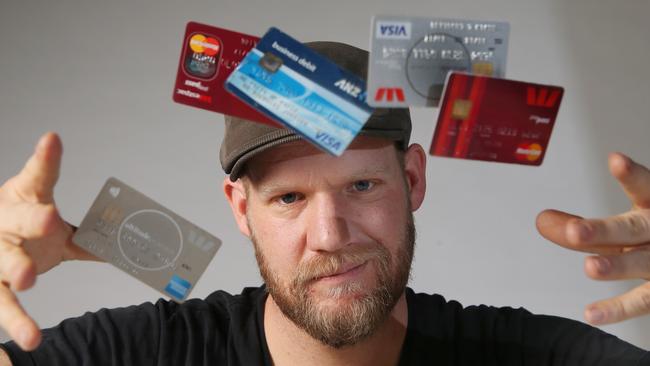
The great American love affair with credit cards and other debt is beginning to decline. And in Australia there are similar signs of decline in the use of credit cards, albeit that we are experiencing a boom in home lending that is not duplicated in the US.
Credit card debt has driven the American economy for the last 50 years and its still at peak levels. But the New York Times reports that data from the Federal Reserve indicates that the percentage of Americans under 35 that hold credit card debt has fallen to its lowest level since 1989, when data collection started.
This younger group of Americans are called the millennials and their declining use of credit cards is a trend that will shape the nation.
Early use of credit cards has, in the past, helped young Americans develop a comfort level with credit that can last a lifetime and lead to a succession of big purchases financed by debt. It underwrote the US post war consumer spending boom.
These days in the US it is much harder to gain a loan for a house than it is in Australia and the failure of young Americans to use credit cards will make it tougher for them to gain the credit history necessary to qualify for a home loan, especially given the tougher US mortgage qualification rules.
Australian economist Callam Pickering tells me that while there is little in the way of data that separates Australian credit card usage by age group, Australians collectively have been cutting their credit card usage since 2011.
According to the recent HILDA survey, 24.2 per cent of households had credit card debt in 2014 (average value $1,661) compared with 28.6 per cent of households in 2010 (average value of $2,211) and 29.5 per cent of households in 2006 (average value of $1,876).
This is consistent with ABS data on personal lending.
As the New York Times confirms, millennials are gravitating toward payment methods that skirt both cash and credit.
Young Americans have also dropped cash for the debit card which is used for the smallest transactions — a sandwich or a bottle of soft drink.
Alternatively, they use an app like Venmo or an online payment service like PayPal. All of these typically draw funds directly from a bank account.
The credit card has been an important generator of profit for banks, particularly when people used the card to borrow money. Credit card interest rates have traditionally been high.
In the US it would seem that lower income earners are assuming an increasing proportion of credit card debt.
In Australia, airline frequent flyer points and gifts have been a big driver of the use of credit cards. But the rules that enable you to gain airline frequent flyer points have been tightened. This will further curb credit card growth.
And non-public servant Australians are finding that their income is not rising which makes them nervous about running up debt on credit cards for household items.
And for those who are prepared to borrow for household items, it’s much cheaper to fund the debt via the flexible part of the home mortgage.
Credit card debt to some extent priced itself out of the market. Credit card usage stimulated economies in years gone by but that era has passed.
Hear from Alan Kohler, Robert Gottliebsen, Stephen Bartholomeusz & John Durie at a special Q&A event for Australian Plus members in Brisbane, Sydney and Melbourne. Find out more or book tickets here.





